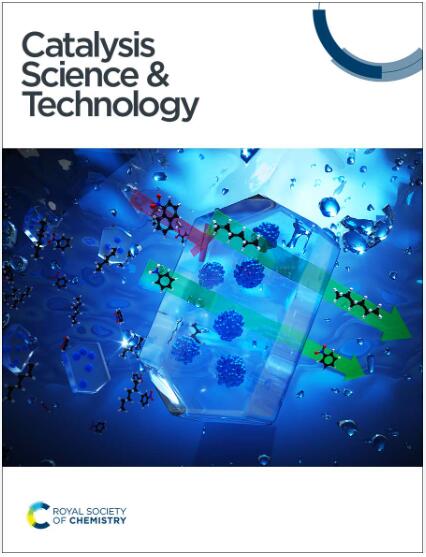In situ growth of N-doped bamboo-like carbon nanotubes embedded with FeNi nanoparticles on carbon cloth as self-standing cathodes for efficient rechargeable zinc–air batteries†
IF 4.4
3区 化学
Q2 CHEMISTRY, PHYSICAL
引用次数: 0
Abstract
In situ growth of N-doped bamboo-like carbon nanotubes embedded with FeNi nanoparticles on carbon cloth (FeNi@NBCNTs/CC) has been reported, along with the demonstration of the direct application of FeNi@NBCNTs/CC as self-standing bifunctional air cathodes in rechargeable zinc–air batteries (RZABs). The resulting FeNi@NBCNTs/CC, with 3D integrated conductive frameworks, large surface area, hierarchically porous architecture and embedded FeNi nanoparticles, provided sufficient accessible reaction sites and an optimal charge/mass transfer environment. Thus, the FeNi@NBCNTs/CC exhibited excellent electrocatalytic performance toward the oxygen reduction reaction (ORR) with a positive half-wave potential of 0.90 V and toward the oxygen reduction reaction (OER) with a low potential of 1.52 V at 10 mA cm−2, outperforming commercial Pt/C and Ru/C catalysts, respectively. Impressively, they served as self-standing air cathodes for liquid and flexible quasi-solid-state RZABs, demonstrating outstanding battery performance with high energy density, robust durability with a low rate of energy loss and favorable flexibility. This work provides a useful strategy for fabricating low-cost and efficient electrodes without the use of polymeric binders and noble metals for metal–air batteries and other related fields.

求助全文
约1分钟内获得全文
求助全文
来源期刊

Catalysis Science & Technology
CHEMISTRY, PHYSICAL-
CiteScore
8.70
自引率
6.00%
发文量
587
审稿时长
1.5 months
期刊介绍:
A multidisciplinary journal focusing on cutting edge research across all fundamental science and technological aspects of catalysis.
Editor-in-chief: Bert Weckhuysen
Impact factor: 5.0
Time to first decision (peer reviewed only): 31 days
 求助内容:
求助内容: 应助结果提醒方式:
应助结果提醒方式:


